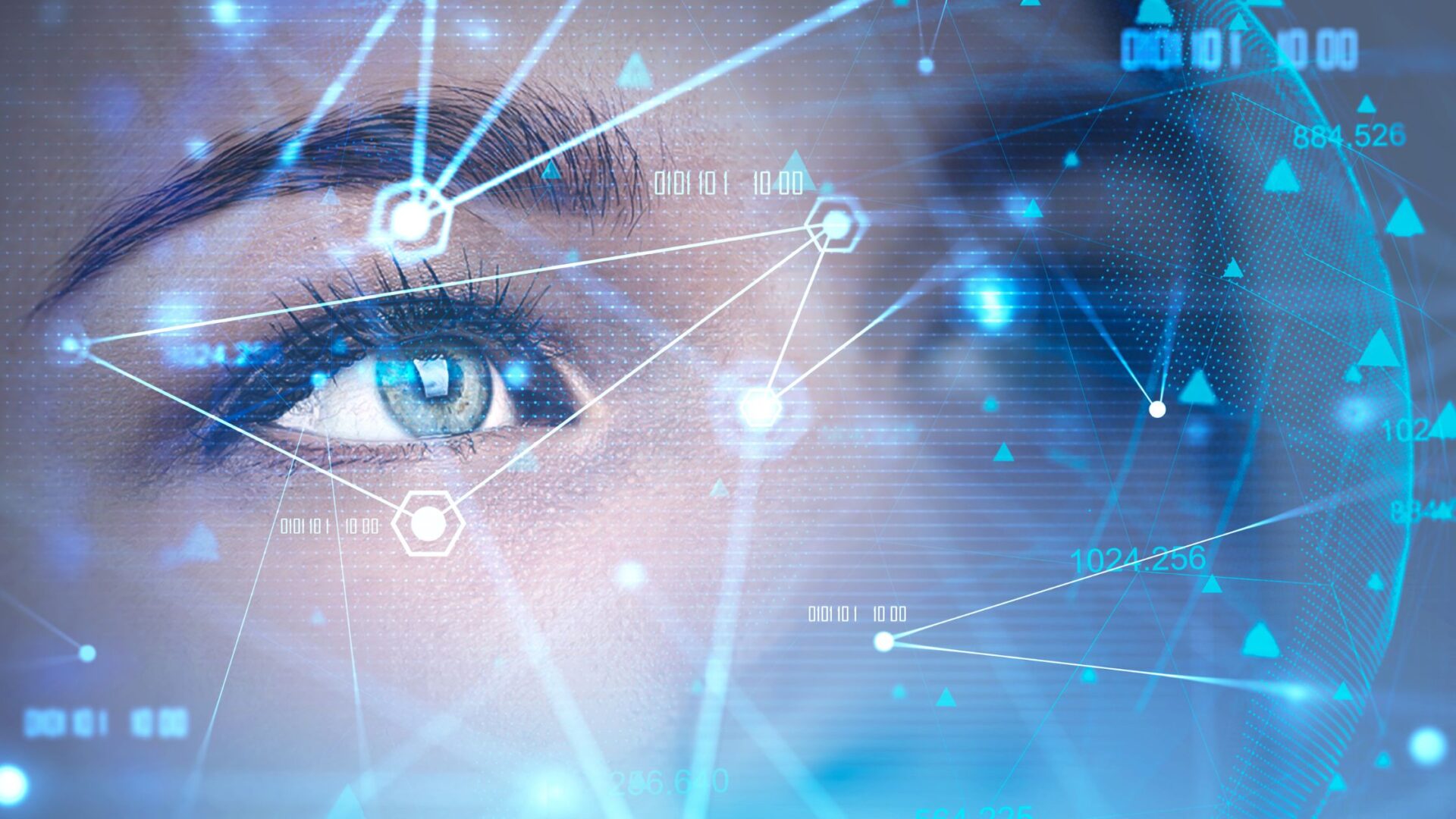Key Takeaways:
- AI integration boosts efficiency but may harm human creativity.
- Automation replaces routine jobs faster than ever.
- Workers must learn new skills to stay relevant.
- Governments need policies that support human-AI symbiosis.
- We must balance technology with our human values.
AI integration is reshaping how we work every day. Experts warn it might weaken our creativity and empathy. However, we also gain speed and accuracy in many tasks. Therefore, we must plan for a future where humans and machines thrive together. This article explains lessons from history and steps we can take now.
The Impact of AI Integration on Jobs
AI integration drives automation in many fields. Machines now handle data entry, scheduling, and simple design tasks. As a result, many routine jobs vanish. Workers feel unsure about their future. Moreover, companies view machines as faster and cheaper. Thus, employees need new skills that machines cannot match. Otherwise, they risk losing steady work.
Lessons from the Industrial Revolution
Long ago, the Industrial Revolution replaced many hand-made products with machines. People feared losing jobs and skills. Over time, they learned factory work but also lost some craft knowledge. Today, AI integration follows a similar path. We must remember that people adapted by learning new trades. Therefore, our focus should shift to training programs and education that fit this age.
Risks to Creativity and Empathy
When we let machines handle most tasks, our creative muscles can shrink. For example, if AI writes all reports, humans may stop learning to craft good sentences. Also, robots cannot truly feel empathy. If we rely on bots for social tasks, our own ability to connect might weaken. Consequently, teams that depend heavily on AI risk losing the spark of human innovation and care.
Reskilling for a Human-AI Future
To meet this challenge, we must invest in reskilling. Training programs should teach skills like critical thinking, communication, and creative problem solving. For instance, workshops on design thinking can help employees generate ideas that robots cannot. In addition, schools should add courses on teamwork and leadership. By doing so, we prepare students and workers for roles that only humans can fill.
Policies for Human-AI Symbiosis
Governments and companies must work together to shape this transition. They can offer incentives for firms that invest in worker training. Additionally, they can set guidelines for ethical AI use. For example, rules could require that a human review important decisions made by AI. This balance helps protect jobs and keeps innovation alive. Thus, we build a society where humans and machines support each other.
Fostering Social Cohesion
Rapid technological change can strain communities. If many people lose jobs at once, social tensions may rise. Therefore, leaders should plan safety nets like job counseling and temporary income support. At the same time, they can promote community projects that use both human skills and AI tools. In doing so, they preserve empathy and trust among citizens.
Embracing Innovation with Care
We do want the benefits of AI integration. Faster research, better healthcare, and safer transport could improve lives worldwide. However, we must not ignore the human side of work. Creativity, empathy, and critical thinking drive new breakthroughs and strong communities. By acting now, we can ensure technology enhances, rather than replaces, what makes us unique.
Frequently Asked Questions
How can I prepare for a job in an AI-driven world?
Focus on skills that machines struggle with. These include creative thinking, leadership, and emotional intelligence. Seek out workshops, online courses, or mentoring programs to build these strengths.
Will AI integration eliminate all human jobs?
No. While many routine tasks will change, new roles will emerge. People will manage, train, and improve AI systems. They will also focus on tasks that require a human touch.
What policies support human-AI collaboration?
Policies can include incentives for company-led training, ethical AI guidelines, and requirements for human oversight. They may also fund public education on critical and creative skills.
How can schools help students adapt?
Schools can add classes on teamwork, empathy, and creative problem solving. They can also teach students how to work with AI tools, giving them practical experience in a tech-driven world.

